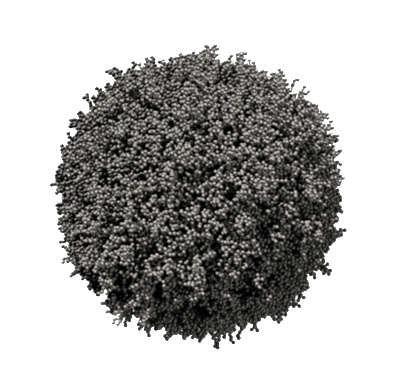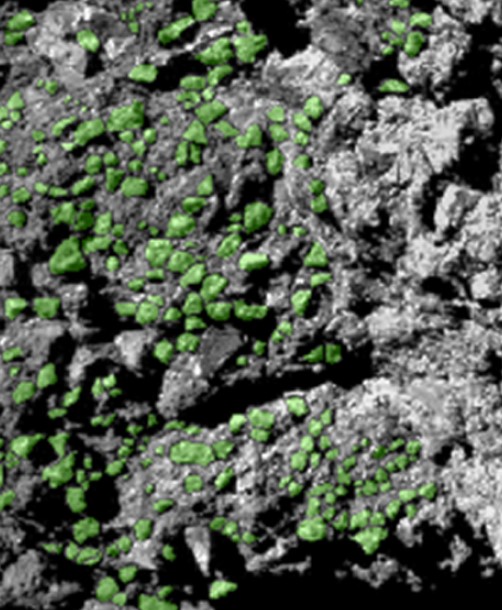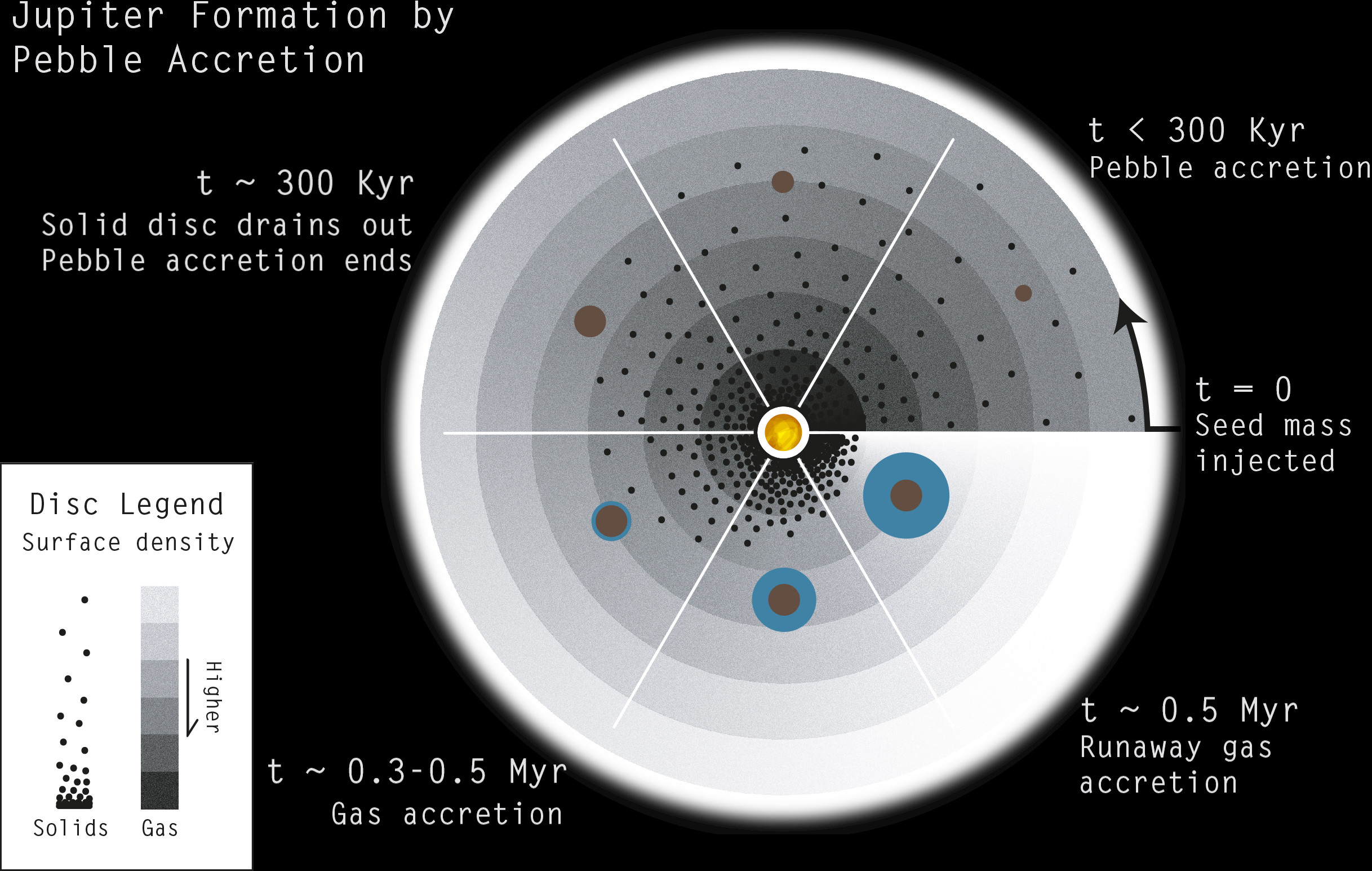Protoplanetary Dust Particles (PDPs)
- PDPs are formed by condensation in the solar nebula or in the interstellar medium.
- They have typically a size of 0.1 – 1 micrometer.
- They are the building blocks of the planets, asteroids, comets, moons and trans-Neptunian objects.
- In cometary dust tails, they can be directly observed.
- Cometary PDPs can be collected in the upper Earth atmosphere and by spacecraft missions (Rosetta, Stardust).
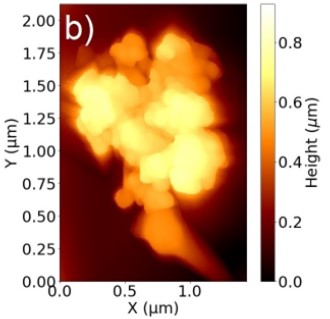
PDP observed by ROSETTA.
Credit: Mannel et al 2019
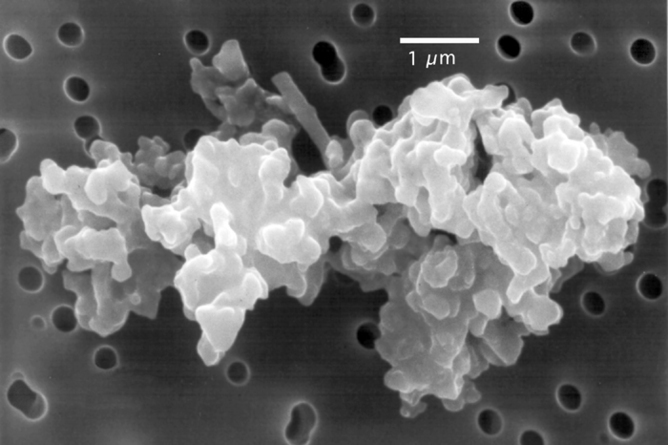
Potential PDP.
Credit: Brownlee & Jessberger, CC BY 2.5
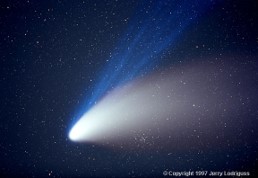
Comet Hale Bopp.
Credit: Jerry Lodriguss
From Dust to Pebbles
- Dust particles collide at low speed.
- Upon collision, dust particles stick.
- Successive sticking events lead to fractal agglomerates.
- Collisions of large fractals can lead to compaction.
- Compact agglomerates do not stick, but bounce off in collisions.
- Growth stops at mm to cm agglomerate sizes.
- mm- to cm-sized compact agglomerates are called pebbles.
Scan through a fractal agglomerate grown in a suborbital flight.
Successive sticking events in a drop tower experiment.
Credit: Kothe et al 2013
Pebbles
- Pebbles are mm to cm sized dust agglomerates.
- Pebbles can be observed by Radio Telescopes (ALMA) in other protoplanetary disks.
- Their porosity is ~65%.
- Pebbles have been directly observed on the surface of Comet 67P.
Silica dust pebbles under the microscope.
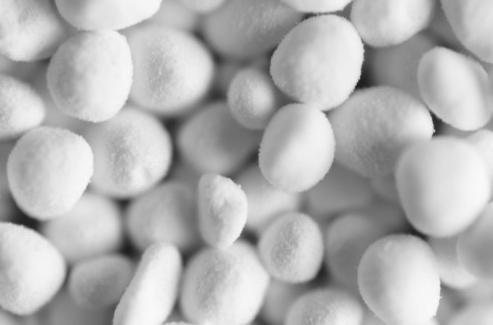
Credit: B. Gundlach
Protoplanetary disks observed by
ALMA radio telescope.
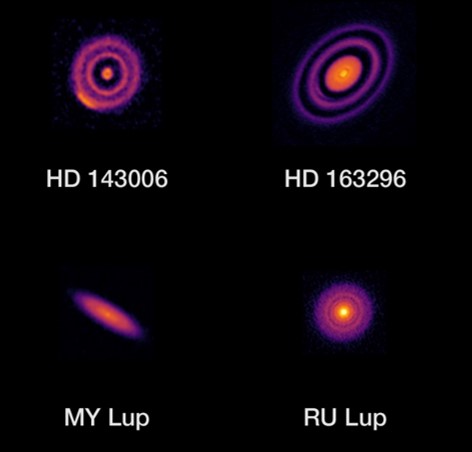
Credit: ALMA (ESO/NAOJ/NRAO), S. Andrews et al.; NRAO/AUI/NSF, S. Dagnello
From Pebbles to Planetesimals
- Pebbles cannot grow beyond mm to cm size by collisional sticking.
- Pebbles can locally and spatially be concentrated by hydrodynamic effects.
- Upon reaching a critical concentration, pebble clouds collapse under their own gravity and form planetesimals.
Simulation of the concentration of pebbles
via the so-called streaming instability.
Credit: Johansen et al 2007
Planetesimals
- Planetesimals are at least km-sized objects, which enables them to attract material by its own gravity.
- Planetesimals developed into comets, asteroids or trans-Neptunian objects, which can be observed today.
- Three different theories exist that explain the formation of planetesimals (gravitational collapse, mass transfer or direct growth).
- The planetesimals suffered various degrees of alteration by impacts or internal/external heating.
- Some planetesimals are called “rubble piles”, which means that a catastrophic impact destroyed the original object, but thanks to gravity, the material reassembled to form a new body, the rubble pile planetesimal.
- Planetesimals are the seeds for the further growth of larger objects in a planetary system.
Photo of Arrokoth made by the New Horizons space craft (Credit: NASA)
Processes to small bodies
Several processes are acting on planetesimals after their formation, which lead to the different types of small bodies we observe today in the Solar System.
- Collisions can lead to cratering, compaction, fragmentation and heating.
- The decay of radioactive isotopes leads to internal heating of the material.
- If material gets heated, the material can be differentiated, ices can sublimate and the structure can be altered.
- Interaction with large bodies and several other effects can change the orbit of the body.
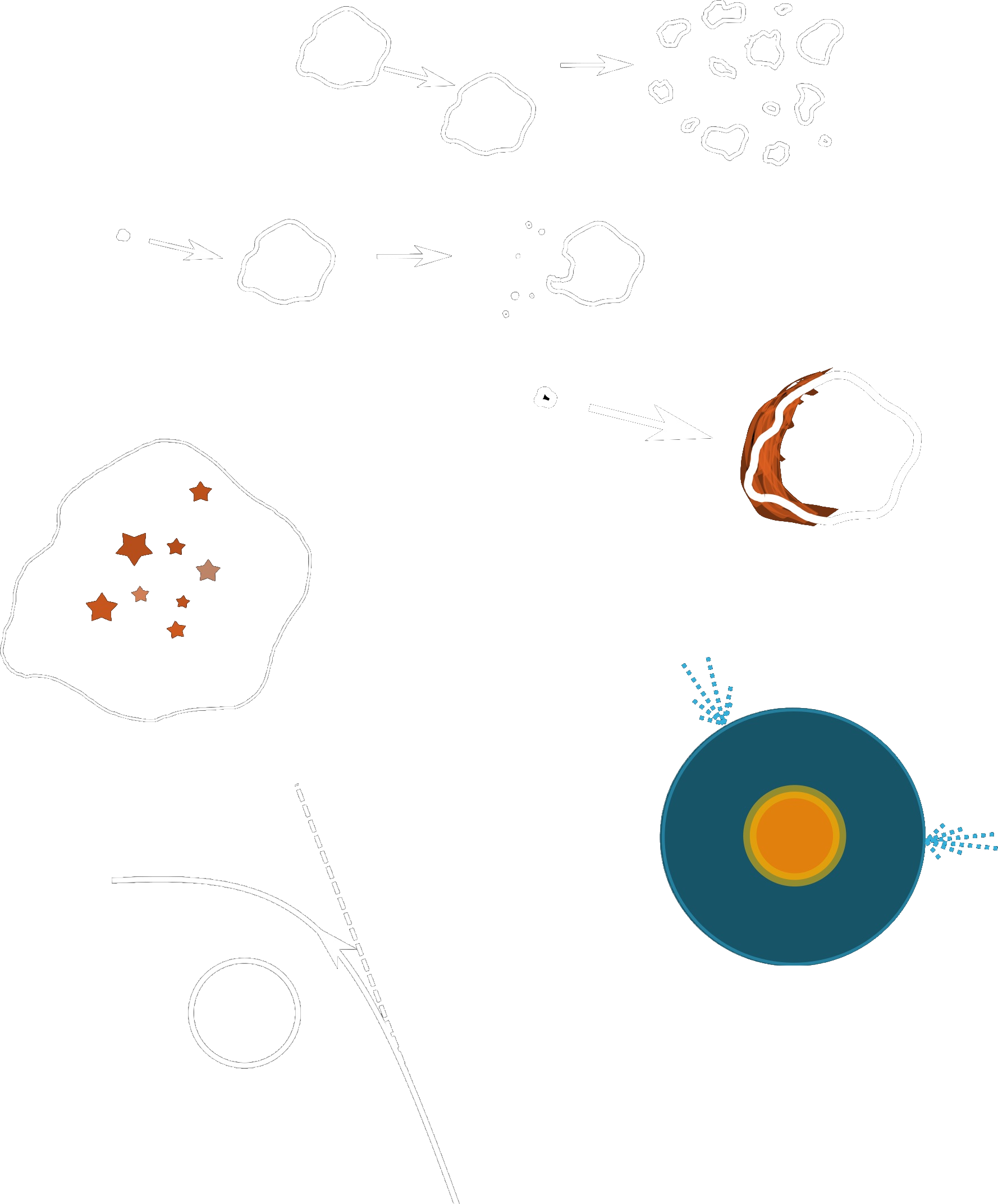
Asteroids & Kuiper-Belt Objects
- Asteroids are located in the asteroid belt between the orbits of Mars and Jupiter, but there are also several asteroids near the Earth (Near Earth Asteroids, NEA).
- The Kuiper Belt is located beyond the orbit of Neptune.
- Small asteroids and KBOs are the product of collisions.
- Large asteroids should be planetesimals that survived the collisional evolution.
- There are several types of asteroids, distinguished by their material composition. There are also several classes of KBOs, which mainly differ in orbital properties.
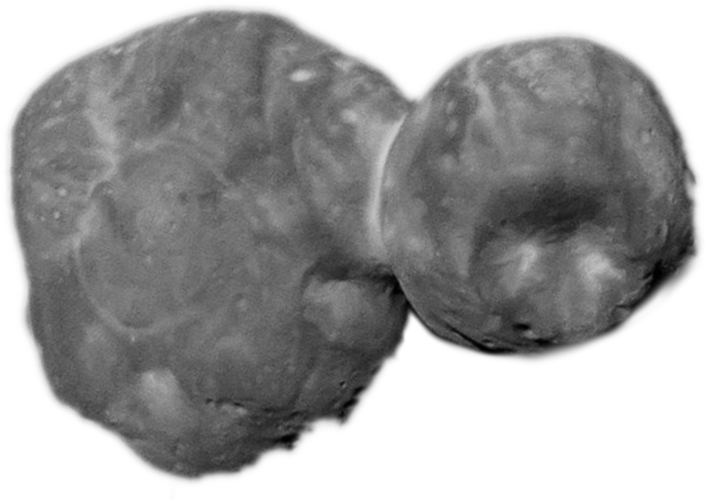
NASA/JHUAPL/SWRI
Roman Tkachenko
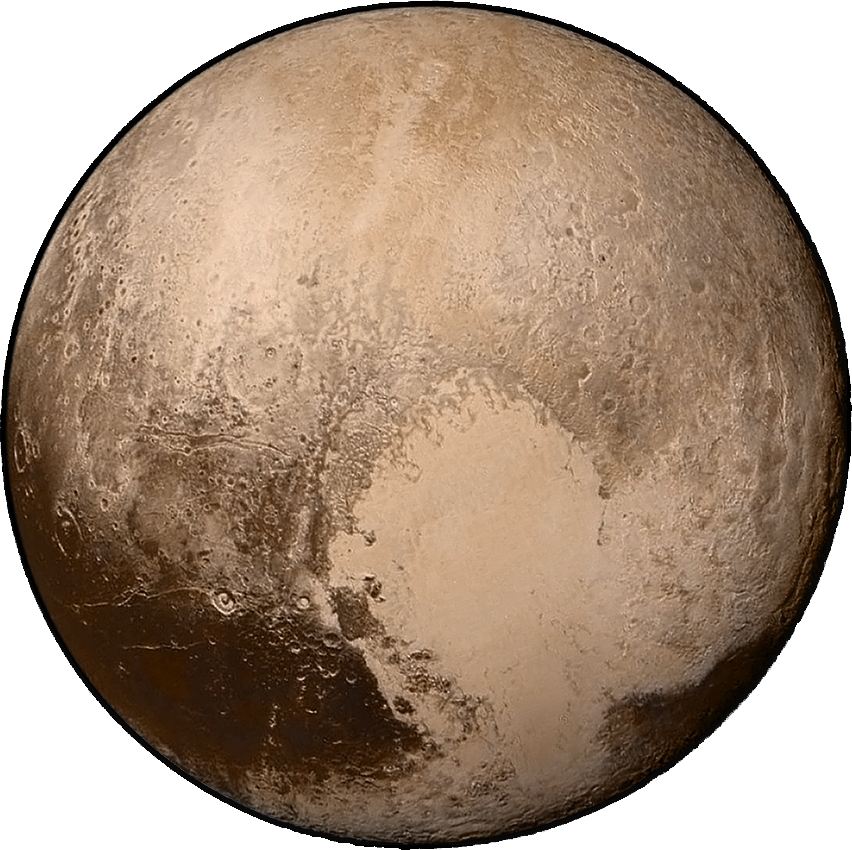
NASA/JHUAPL
SWRI
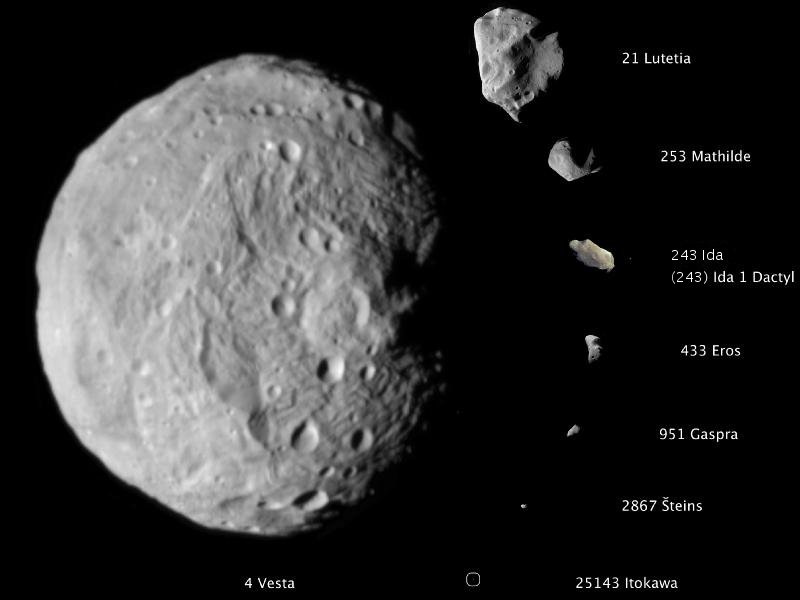
NASA/JPL-Caltech
/JAXA/ESA
Comets
- Comets have a solid nucleus and travel around the Sun on elliptical orbits. When they approach the Sun, they can form a coma and a tail.
- The coma is like a cloud of dust and gas around the nucleus. Due to the heat near the Sun, ices in the nucleus change into the gas phase and on the way out, the gas ejects dust.
- The tail is dust and gas blown away by solar radiation pressure and the solar wind.
- Comets are believed to be among the less altered planetesimals. They seem to have avoided global heating in the past, otherwise not so many ices would be left today.
- However, there are several open questions and it is not clear which processes acted to form comets from planetesimals.
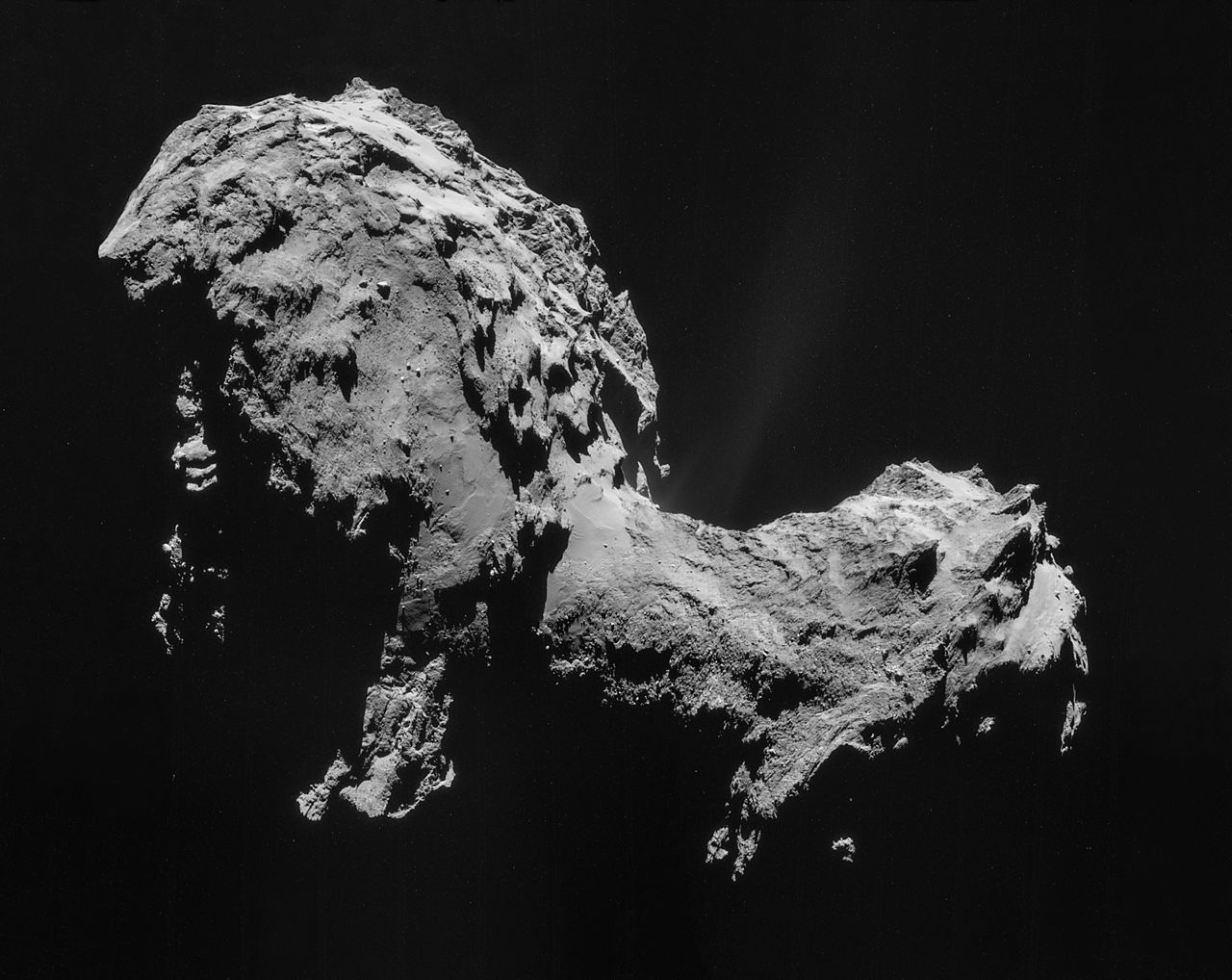
ESA/Rosetta/NAVCAM, CC BY-SA IGO 3.0
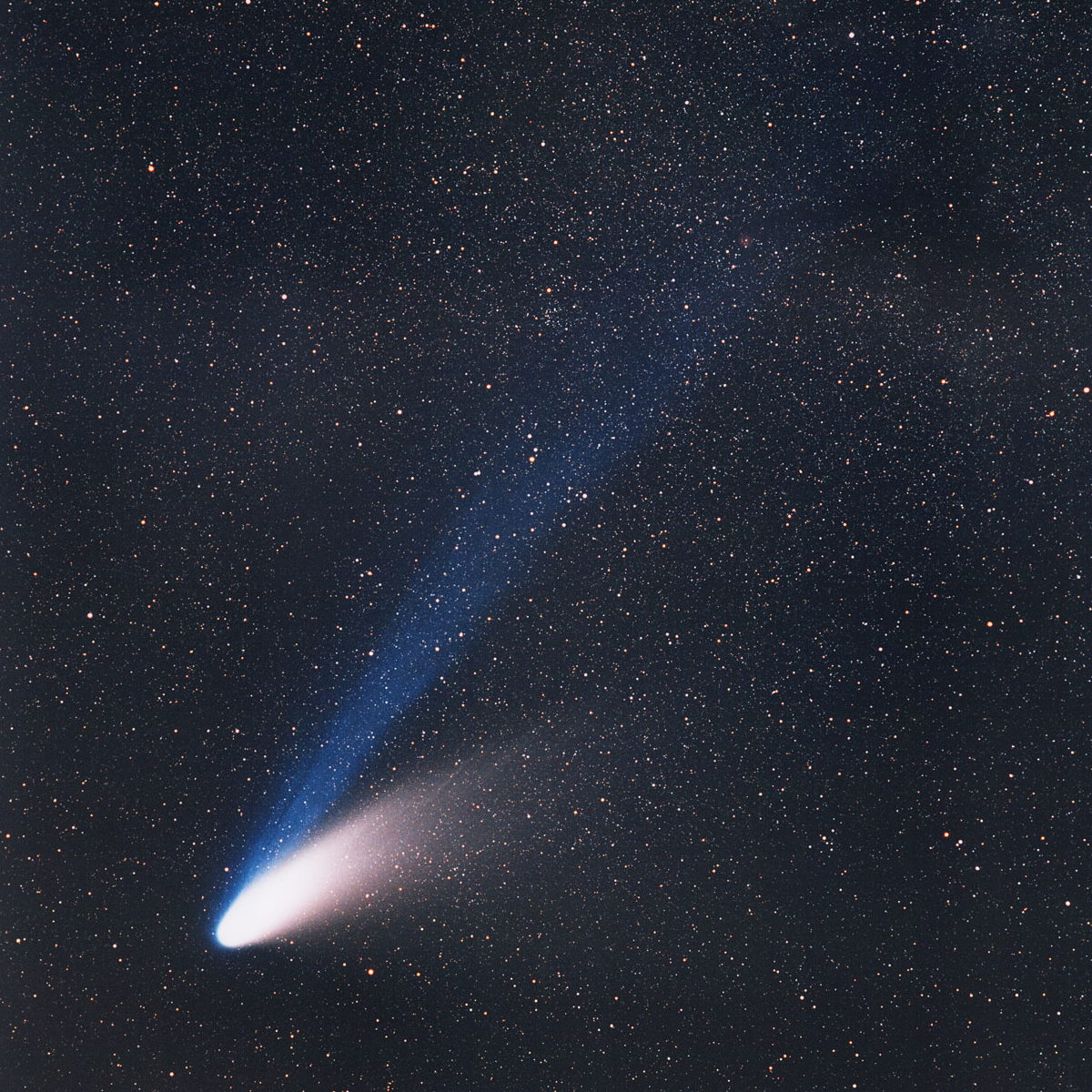
ESO/E. Slawik
From Planetesimals to Earth-like Planets
-
Gravitational accretion
- The planetesimals accrete material from the surrounding planetary disk. Gravitational focusing
- Larger objects deflect smaller objects because of their gravity, which increases the collision probability. Long-range gravitational forces
- Long-range gravitational forces lead to a successive change of the orbital parameters of the bodies until their
orbits intersect with each other.
Planetary Migration
- The interaction between the forming planet and the protoplanetary disk causes a momentum transfer, which leads to a drift motion of the planet through the system.
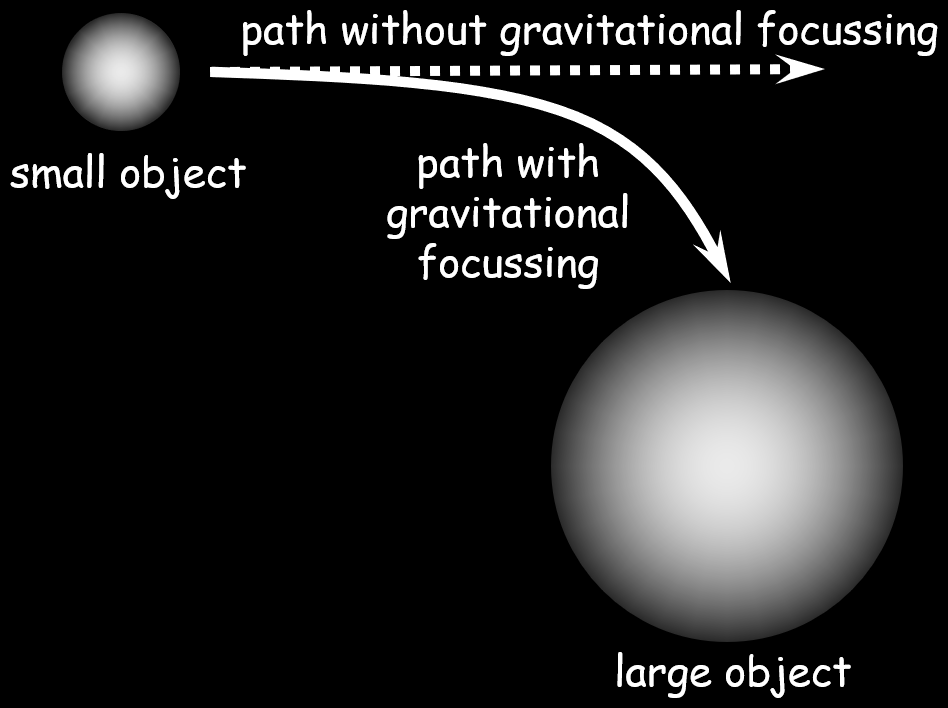
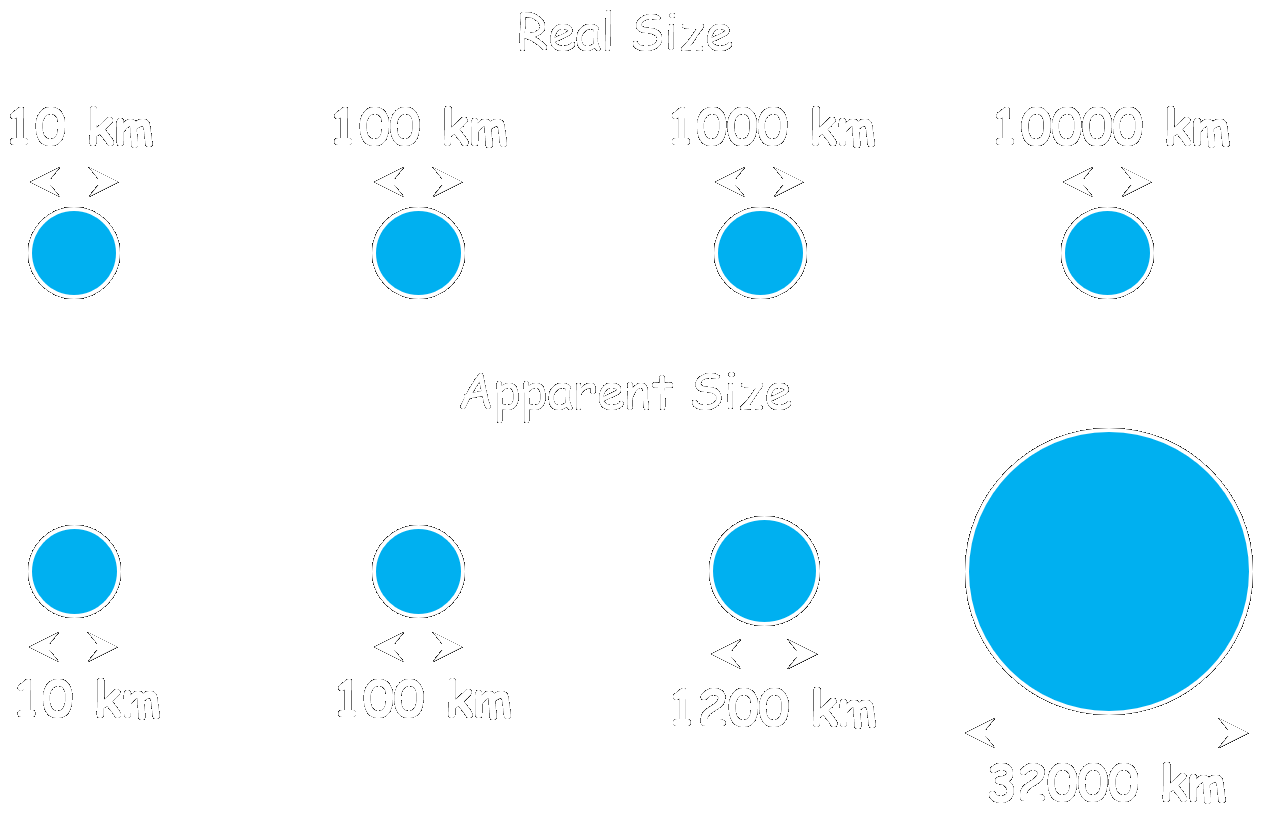
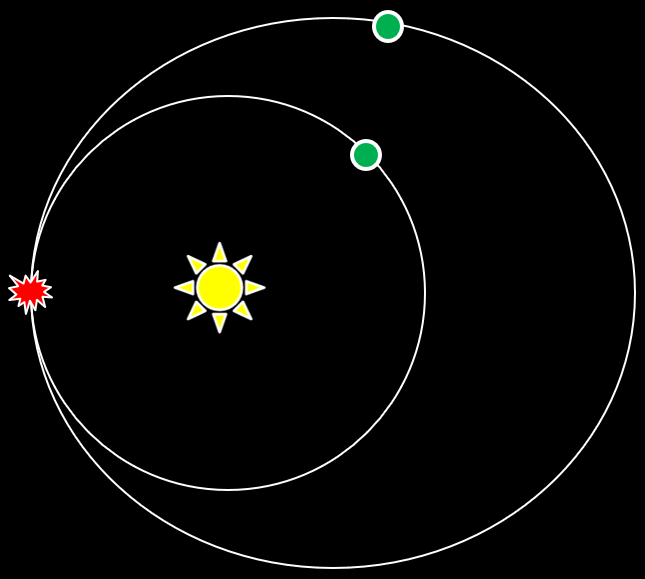
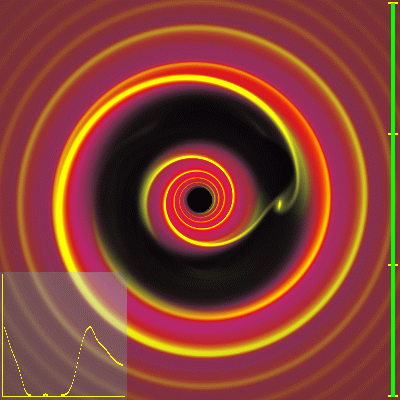
Credit: P. Armitage, UCo
Earth-like Planets (Terrestrial Planets)
-
The physical properties of terrestrial planets (Mercury, Venus, Earth, Mars) are:
- They possess masses between 5% and 100% of Earth's mass.
- Due to their strong gravity, they have a spherical shape.
- Because of internal melting, they differentiated so that their density in the center is much higher than near the surface.
- They possess a solid (stony) surface.
- Terrestrial planets may or may not have an atmosphere.
Credit: NASA

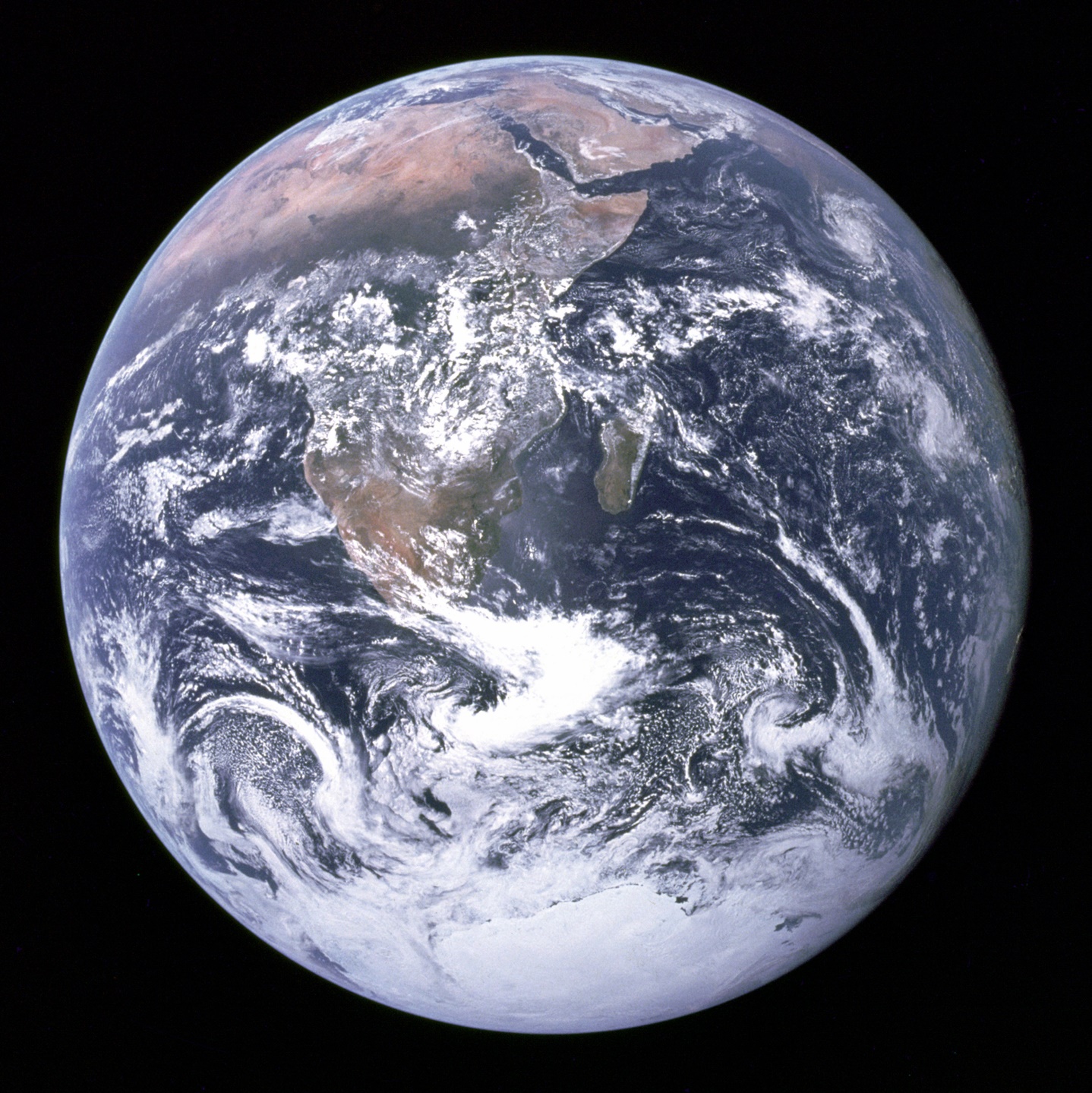
Credit: NASA/Apollo 17
From Earth-like Planets to Neptune-like Planets
- Due to a more massive reservoir in the outer solar system, planetary cores can grow to masses beyond earth mass.
- Planetary cores have enough mass to gravitationally attract (accrete) gas and pebbles from the protoplanetary disk.
- Gas accretion stops when the protoplanetary disk is dissipated.

Credit: M. Lambrechts and A. Johansen / L. Modica / Knowable
Neptune-like Planets
- Planet masses range between ~10 and ~20 earth masses.
- Examples in the solar system are Uranus and Neptune.
- Atmospheres mainly consist of Hydrogen and Helium (max.: 20% of planetary mass).
- Beneath the atmosphere, these planets possess a massive water ocean.
- The interior solid core is mainly composed of heavier elements.
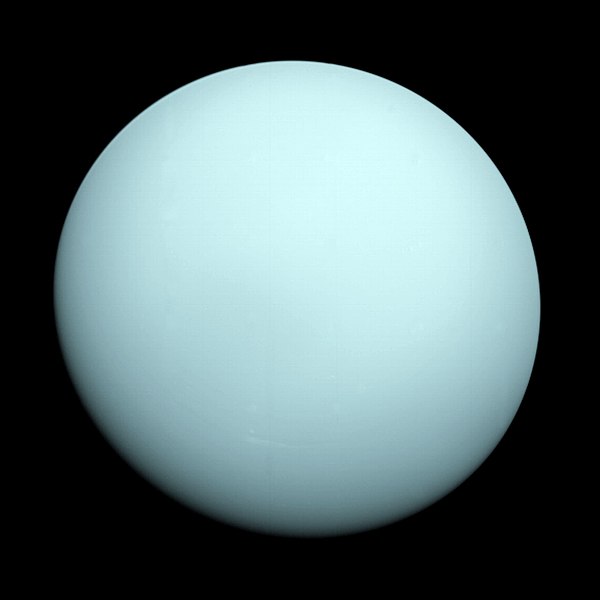
Credit: NASA; Voyager 2
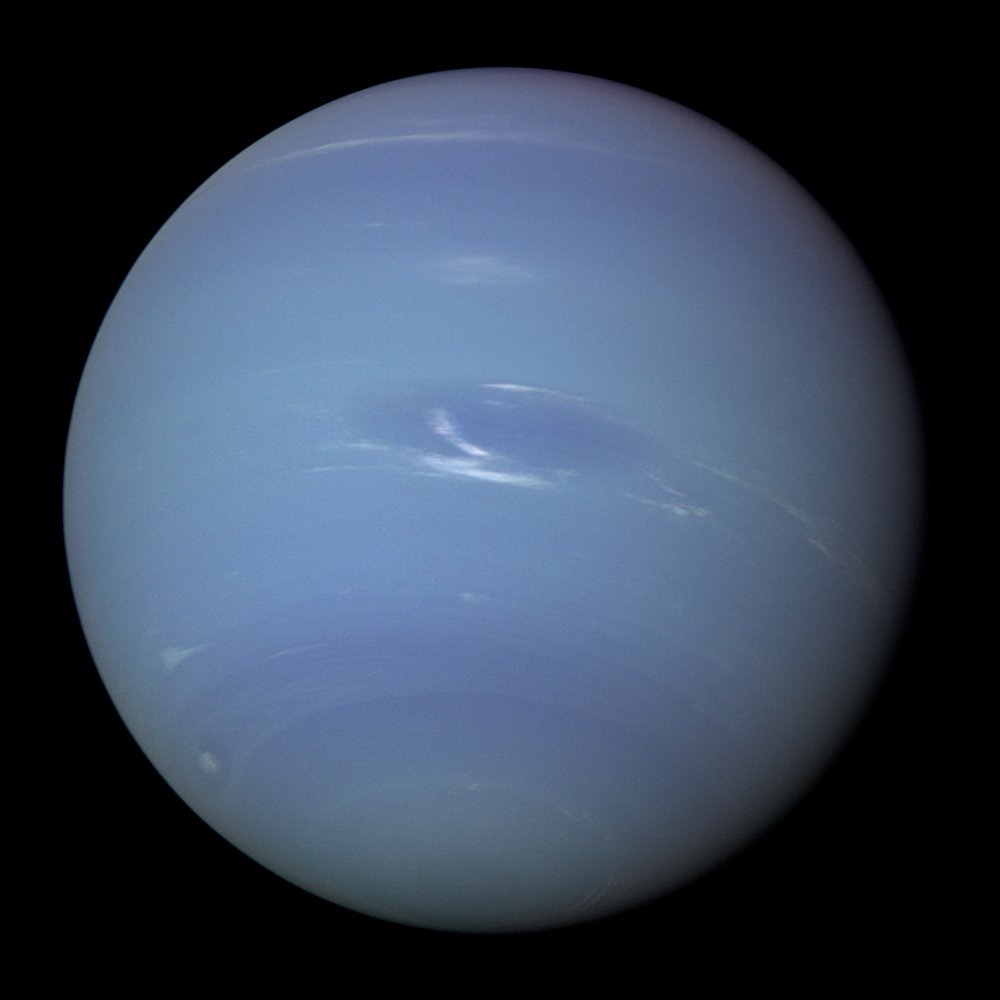
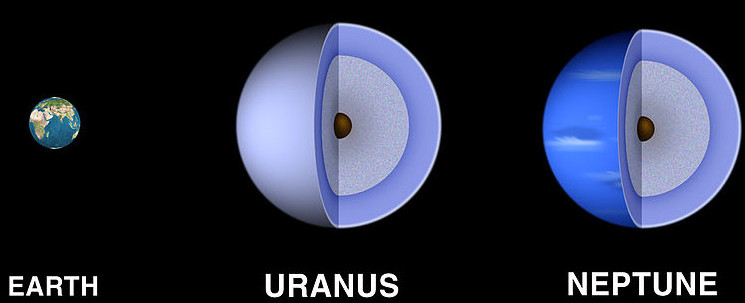
Credit: Lunar and Planetary Institute/NASA
From Neptune-like Planets to Jupiter-like Planets
- Because of more efficient pebble accretion, more massive cores can form.
- These massive cores can further accrete gas from the protoplanetary disk.
- When the atmosphere mass dominates, runaway accretion of gas starts.
- Gas accretion is slowed down when a gap forms in the protoplanetary disk.
- The growth stops when the gas of the protoplanetary disk is dissipated.
Jupiter-like Planets (Gas Giants)
- Jupiter-like planets possess masses between roughly 100 and 1000 ME.
- The inner structure is made up of a solid rocky core, a "metallic" layer of hydrogen due to the high pressure, and a massive atmosphere.
- The overall composition is similar to the sun and is dominated by hydrogen and helium.
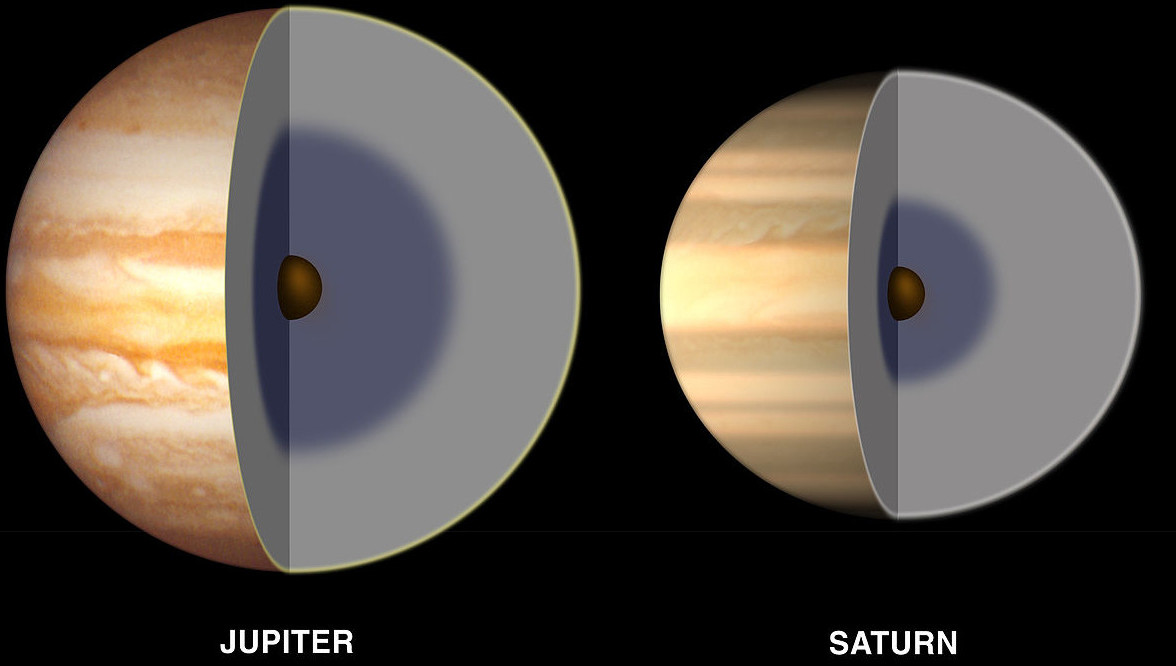
Credit: Lunar and Planetary Institute/NASA
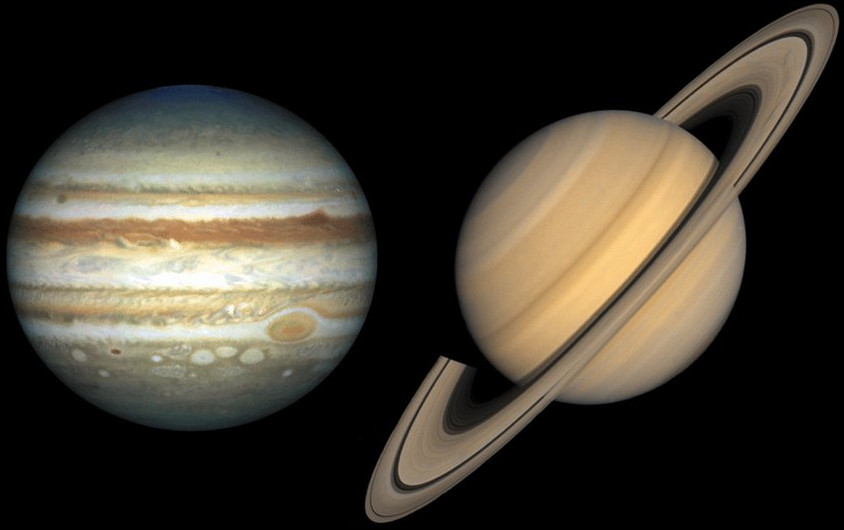
Credit: NASA
Credits
Main background image
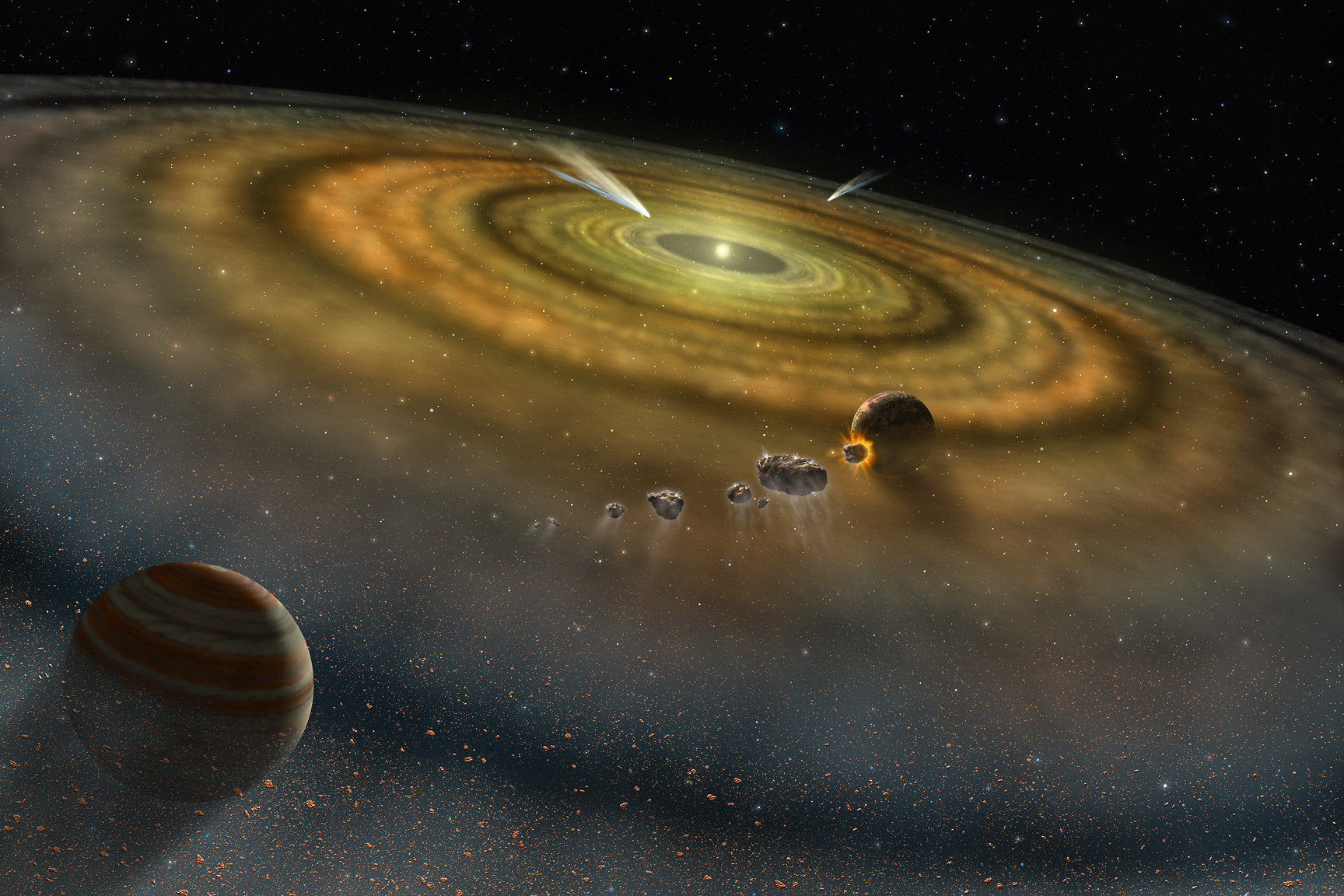
NASA/FUSE/Lynette Cook
Asteroids
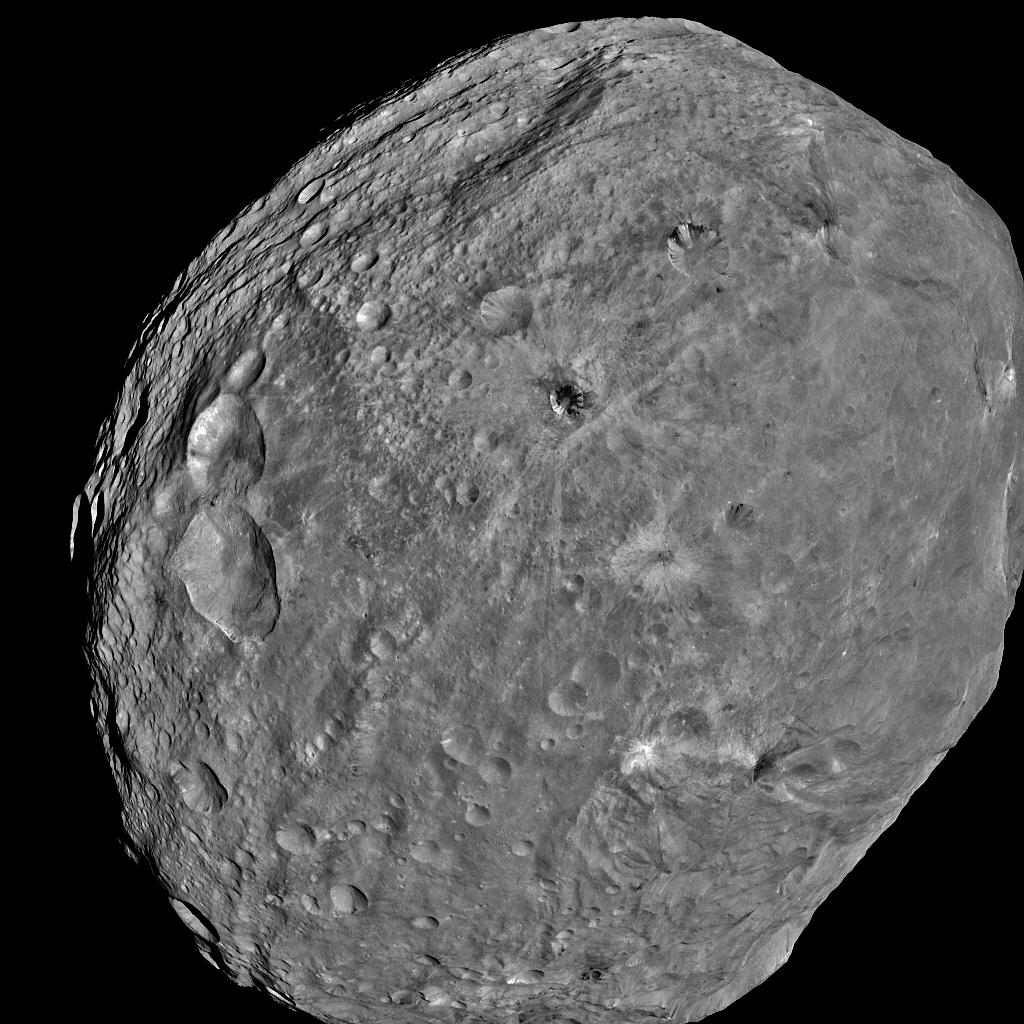
NASA/JPL-Caltech/UCLA/MPS/DLR/IDA
Comets
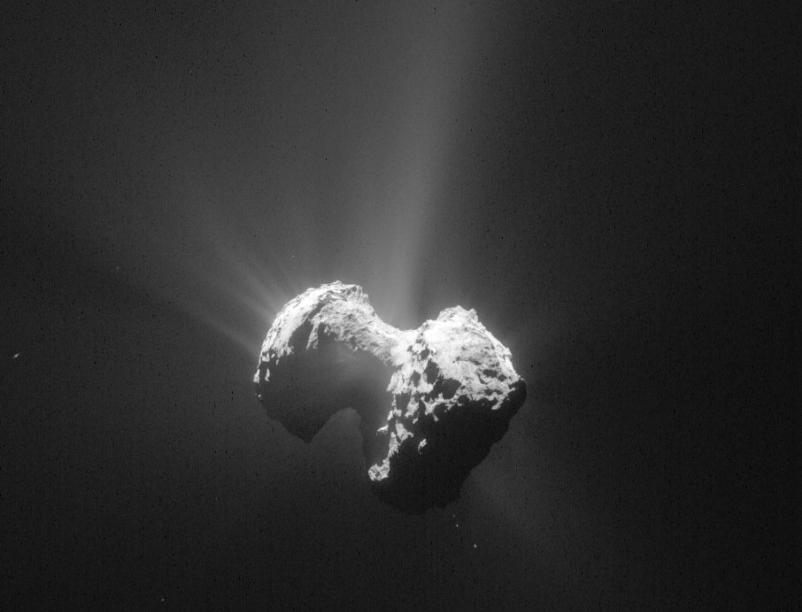
ESA/Rosetta/NAVCAM
Earth

NASA
Jupiter
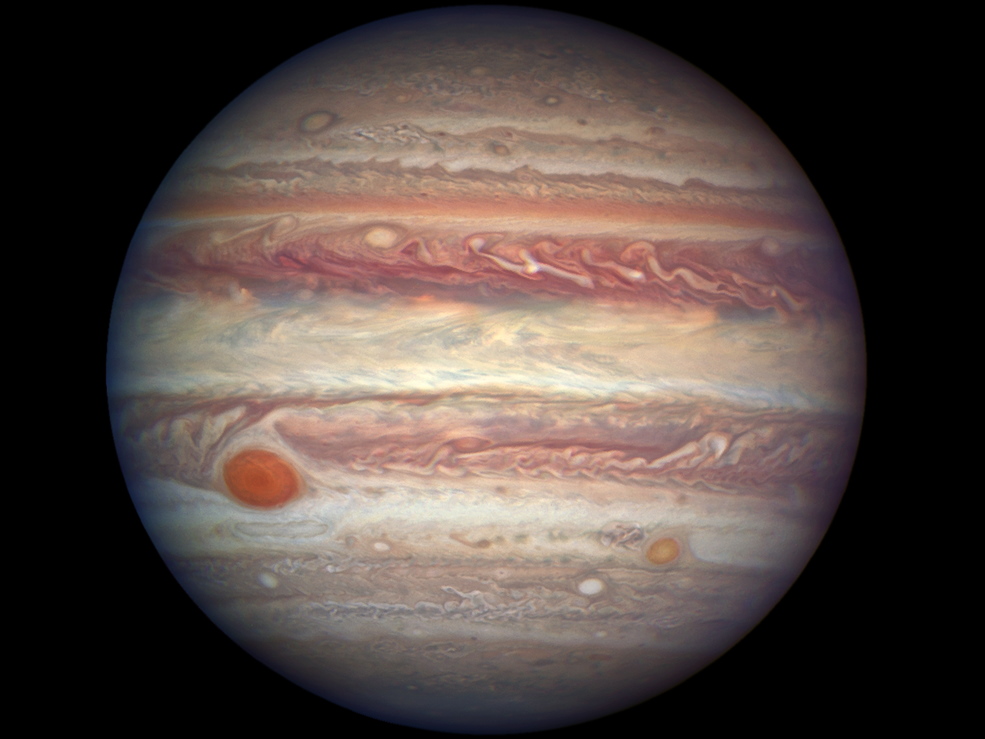
NASA
